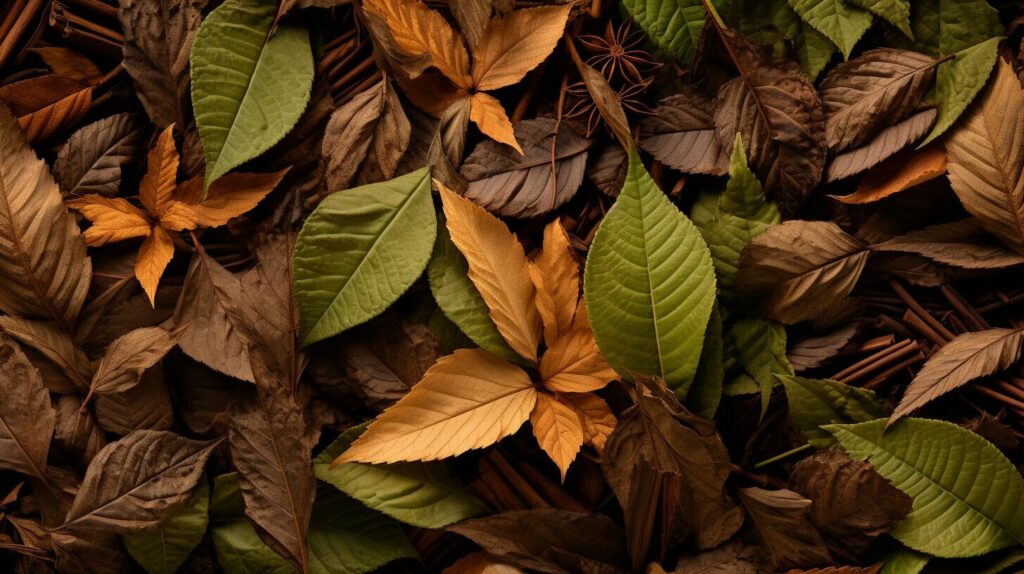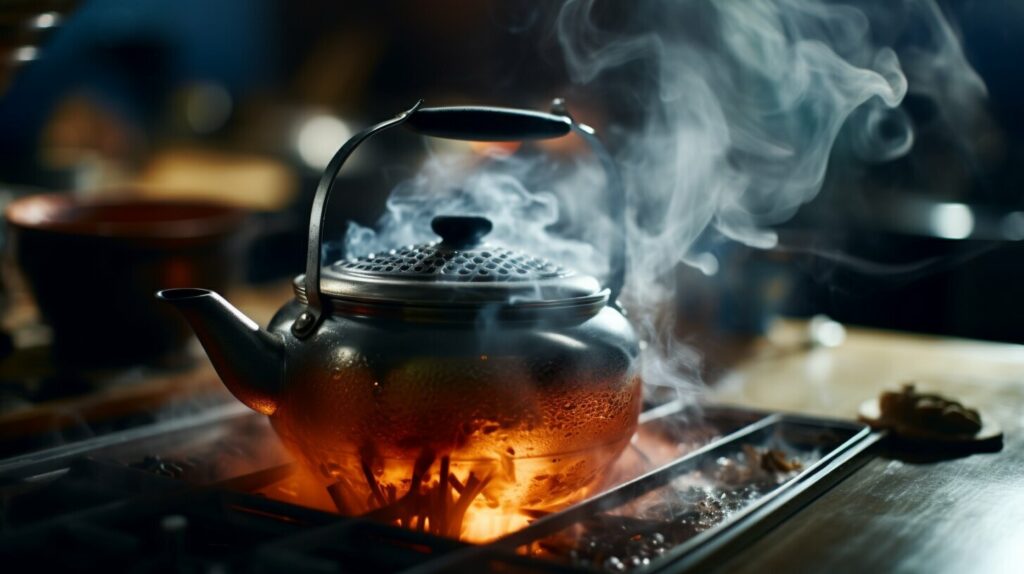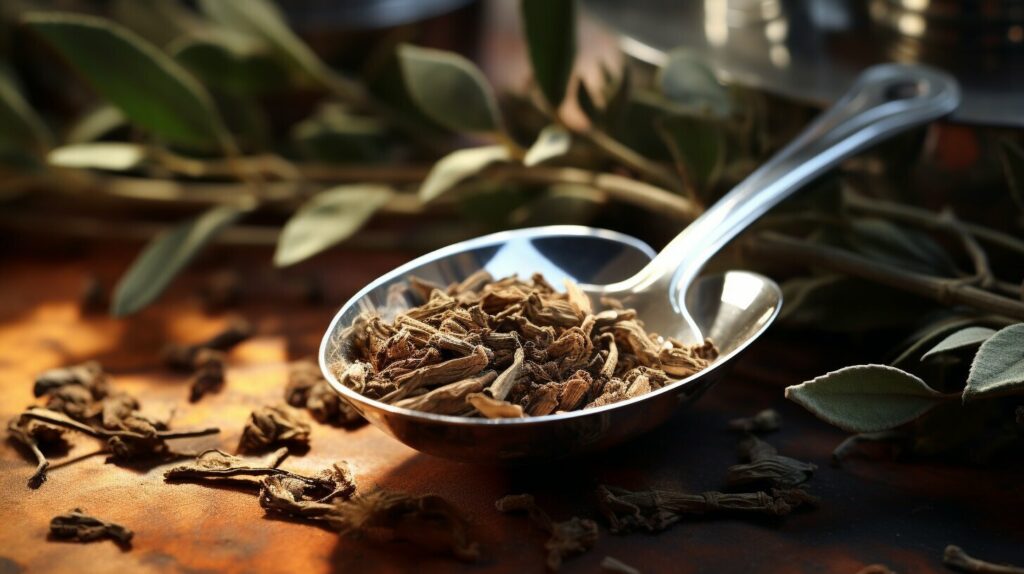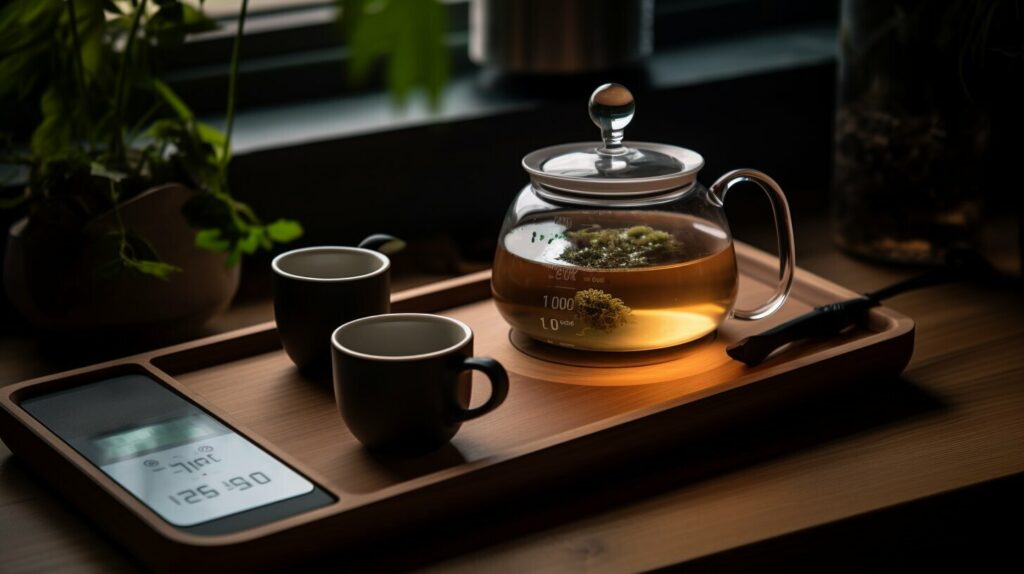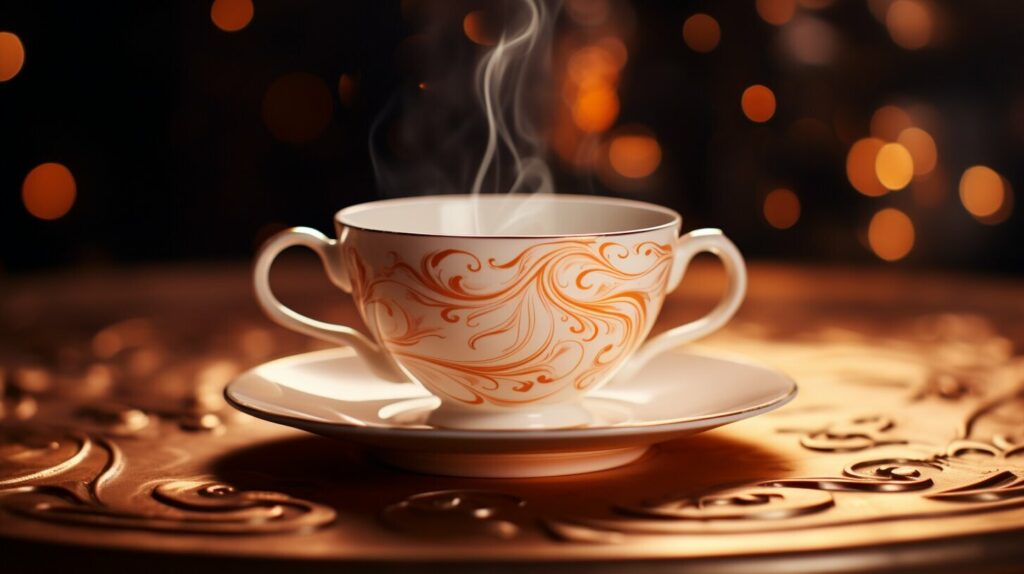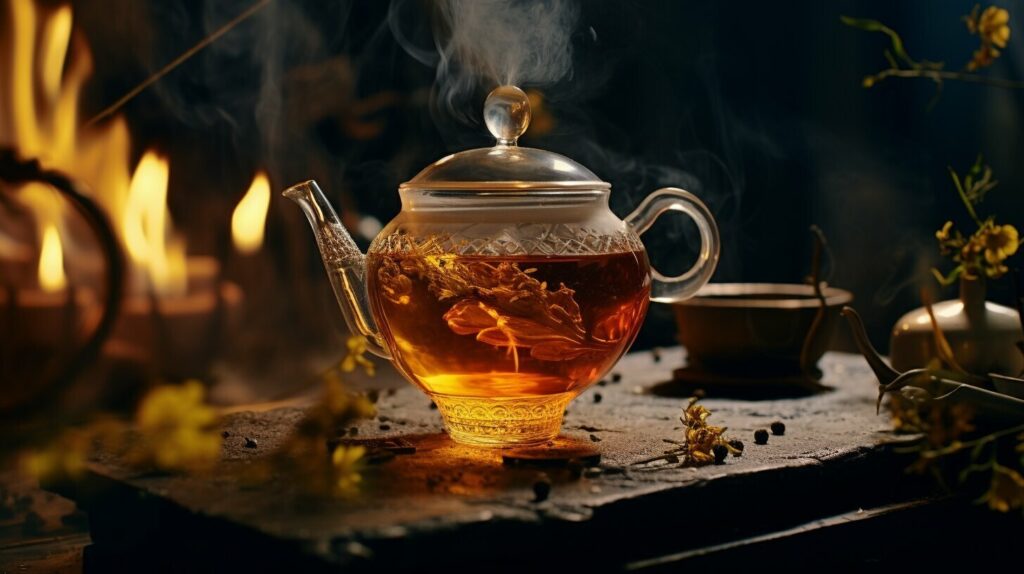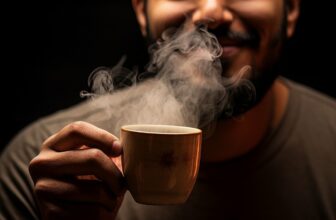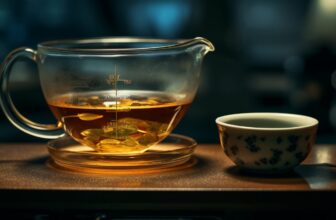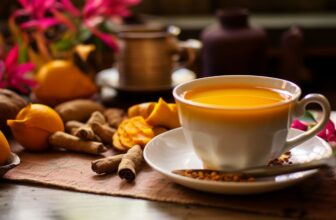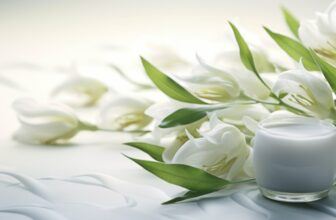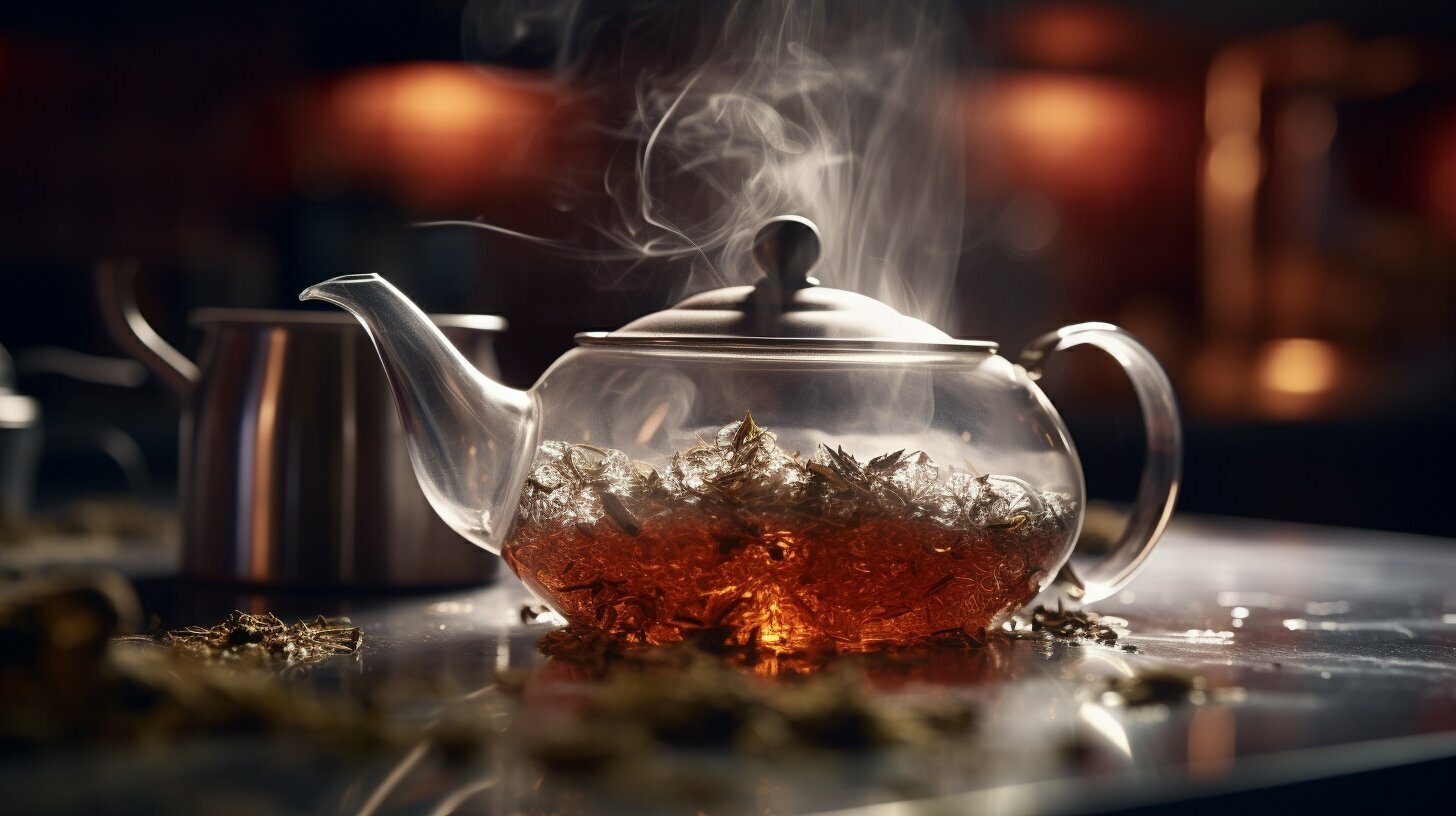
Are you ready to create a bold and flavorful cup of tea? In this detailed guide, I will walk you through the art of making strong tea, empowering you with the knowledge and techniques to brew a powerful cuppa.
Mastering the art of making strong tea requires attention to detail in various aspects. First, it is important to start with high-quality tea, which includes looking for a satisfying aroma, good leaf quality, and a vibrant color. Using loose leaf tea is preferable over tea bags, as many tea bags can be stale.
Pre-warming the teapot or cup before brewing helps to extract the aroma quickly and maintains the water temperature. Using a roomy infuser is essential for full-leaf teas to properly infuse. The ratio of tea to water is crucial, with a general rule of 2 grams of tea per 150 milliliters of water. The temperature of the water varies depending on the type of tea, with darker teas requiring hotter water and lighter teas needing lower temperatures.
Allowing the tea to steep for the appropriate amount of time is also essential for achieving the desired strength. The order of adding milk depends on personal preference, but some tea drinkers prefer adding milk after so that they can control the color. Lastly, considering the vessel used for serving tea can enhance the aroma and visual effect, such as using a wine or sherry glass.
Key Takeaways:
- Start with high-quality tea for a strong and flavorful brew.
- Pre-warm the teapot or cup to extract the aroma quickly and maintain water temperature.
- Use a roomy infuser for full-leaf teas to properly infuse.
- Follow the general rule of 2 grams of tea per 150 milliliters of water for the tea-to-water ratio.
- Adjust water temperature based on the type of tea being brewed.
- Steep the tea for the appropriate amount of time to achieve the desired strength.
- Consider personal preference when deciding whether to add milk before or after brewing.
- Choose a vessel that enhances the aroma and visual effect of the tea.
Selecting High-Quality Tea for Stronger Flavor
The key to crafting a strong cup of tea starts with selecting high-quality tea leaves. Let’s explore what to look for when choosing the perfect tea for a robust and flavorful brew.
When it comes to making strong tea, the quality of the tea leaves plays a crucial role. Look for tea that has a satisfying aroma, good leaf quality, and a vibrant color. Loose leaf tea is generally preferred over tea bags, as many tea bags can be stale, resulting in a weaker flavor. Opting for loose leaf tea allows for better control over the brewing process, resulting in a stronger and more flavorful cup.
It’s also important to consider the origin of the tea. Different regions produce teas with distinct flavors and characteristics. For example, Chinese black teas tend to have a bold and robust flavor profile, perfect for those seeking a stronger cup. On the other hand, Darjeeling tea from India offers a delicate and complex flavor that may be better suited for those who prefer a milder strength.
Moreover, pay attention to the processing methods of the tea leaves. Teas that undergo longer oxidation processes, such as black teas, tend to have a stronger flavor. Green teas, on the other hand, are lightly oxidized and generally have a more delicate taste. By understanding these nuances, you can choose the tea that best suits your preference for a strong cup of tea.
| Tea Type | Flavor Profile |
|---|---|
| Black Tea | Full-bodied, robust |
| Green Tea | Light, grassy, slightly bitter |
| Oolong Tea | Complex, floral, fruity |
| White Tea | Delicate, subtle, mildly sweet |
Whether you prefer black tea, green tea, Oolong Tea, or White Tea, selecting high-quality tea leaves is essential for achieving a strong and flavorful brew. By paying attention to the aroma, leaf quality, and origin, you can ensure that every cup of tea you brew is a true delight.
Preparing the Perfect Brewing Environment
Creating the perfect brewing environment is crucial for extracting maximum flavor and strength from your tea. Let’s explore the techniques and equipment you need to achieve a powerful cup of tea.
First, start by pre-warming your teapot or cup. This simple step ensures that the temperature of the water remains consistent throughout the brewing process, allowing for the proper extraction of flavors. A warmed vessel helps to preserve the delicate aromas of the tea, resulting in a more aromatic brew.
Next, consider using a spacious infuser when brewing full-leaf teas. This allows the tea leaves to unfurl and release their full potential. A cramped infuser restricts the leaves’ movement and can result in a weak or bland cup of tea. Investing in a roomy infuser ensures that the tea leaves have ample space to steep and infuse their flavors into the water.
The temperature of the water is also a crucial factor in brewing strong tea. Different types of tea require different water temperatures. Generally, darker teas, such as black or oolong, benefit from hotter water, while lighter teas, like green or white, prefer lower temperatures. Pay attention to the recommended water temperature for your specific tea to achieve the best results.
| Type of Tea | Water Temperature |
|---|---|
| Black Tea | 95°C (203°F) |
| Oolong Tea | 85-90°C (185-194°F) |
| Green Tea | 70-75°C (158-167°F) |
| White Tea | 75-80°C (167-176°F) |
By following these techniques and ensuring that your brewing environment is optimized, you can unlock the full potential of your tea leaves and create a powerful and flavorful cup of tea.
Expert Tip: Using Quality Water
Water quality plays a significant role in the taste of your tea. It is recommended to use filtered or spring water when brewing strong tea. Avoid using tap water, as it may contain chemicals or impurities that can affect the flavor. Good water quality ensures that your tea tastes its absolute best.
Finding the Right Tea-to-Water Ratio
The secret to making strong tea lies in finding the perfect balance between tea leaves and water. Let’s discover the ideal tea-to-water ratio that will elevate your tea game to the next level.
When it comes to brewing a robust cup of tea, the ratio of tea to water plays a crucial role. Using too much tea may result in a bitter taste, while using too little may result in a weak and watery brew. The precise ratio will vary depending on personal preference and the type of tea you’re using.
As a general rule, a ratio of 2 grams of tea per 150 milliliters of water is a good starting point for achieving a strong flavor. However, you can adjust this ratio based on your taste preferences. If you prefer a bolder taste, you can increase the amount of tea slightly. On the other hand, if you prefer a milder flavor, you can decrease the amount of tea. It’s all about finding the balance that suits your palate.
| Type of Tea | Tea-to-Water Ratio |
|---|---|
| Black Tea | 1 teaspoon (2 grams) per 150ml of water |
| Green Tea | 1 teaspoon (2 grams) per 180ml of water |
| Oolong Tea | 1 teaspoon (2 grams) per 180ml of water |
| Herbal Tea | 1.5 teaspoons (3 grams) per 240ml of water |
Remember, it’s always a good idea to experiment with different ratios to find the perfect strength for your taste buds. Keep in mind that the quality of the tea leaves and the steeping time will also affect the final flavor. By mastering the art of balancing tea leaves and water, you’ll be able to enjoy a powerful and flavorful cup of tea every time.
Key Takeaways:
- The ideal tea-to-water ratio for strong tea is typically 2 grams of tea per 150 milliliters of water.
- This ratio can be adjusted based on personal preference and the type of tea being used.
- Experimenting with different ratios will help you discover the perfect strength for your taste buds.
Steeping for Optimal Strength
Steeping tea for the optimal duration is a crucial step in crafting a strong cup. Let’s explore the secrets to steeping your tea for the perfect amount of time to unlock its full potential.
Each type of tea requires a specific steeping time to achieve the desired strength. For example, black teas usually need 3 to 5 minutes, while green teas typically require 2 to 3 minutes. Herbal teas, on the other hand, benefit from a longer steeping time of around 5 to 7 minutes. By following these guidelines, you can extract the maximum flavor from your tea leaves.
During the steeping process, it’s essential to control the water temperature. Boiling water is suitable for black teas, but green teas and delicate white teas need slightly cooler water, ideally around 175°F to 185°F (80°C to 85°C). This ensures that the tea leaves are steeped gently, resulting in a smooth and robust brew.
In addition to time and temperature, the vessel in which you steep your tea can make a difference. For example, using a teapot with an infuser allows the leaves to expand fully and release their flavor. Alternatively, a tea basket in a mug can also work well. Just remember to cover the vessel while steeping to retain the heat and prevent the aroma from escaping.
By mastering the art of steeping tea, you can unlock the secrets to strong and flavorful brews. With the right timing, water temperature, and vessel, you’ll be able to savor the full potential of your tea leaves and enjoy a delightful cup every time.
Adding Milk – Personal Preference and Control
The choice of when to add milk to your tea is a matter of personal preference, but it can also impact the strength and appearance of your cup. Let’s dive into the options and explore why adding milk after brewing may give you more control.
For some tea enthusiasts, adding milk to tea is a personal ritual that enhances the flavor and smoothness of their cup. However, adding milk too early in the brewing process can dilute the strength of the tea. By waiting until after the tea has been brewed, you have more control over the color and consistency of your cup. This allows you to customize your tea to your preferred strength and taste.
Adding milk after brewing also allows you to appreciate the true color of your tea. Some teas have delicate hues that can be masked by the addition of milk. By adding milk after brewing, you can observe the beautiful color variations and appreciate the visual experience of your cup.
Milk and Tea Pairings
When it comes to deciding which teas to add milk to, it often depends on personal preference. Traditional black teas, such as Assam or English Breakfast, are commonly enjoyed with milk. The robust flavor of these teas can withstand the addition of milk without losing their strength.
On the other hand, lighter teas such as green or white teas are usually enjoyed without milk, as their delicate flavors can be overwhelmed by the addition of dairy. However, some tea drinkers still enjoy adding a splash of milk to these teas for a creamy twist.
Ultimately, the choice of adding milk to your tea is a personal one. By experimenting with different brewing methods and milk ratios, you can discover the perfect combination that suits your taste buds. Whether you prefer your tea strong and bold or light and refreshing, adding milk after brewing allows you to have full control over your tea-drinking experience.
| Tea Type | Milk Preference |
|---|---|
| Black Tea | Commonly enjoyed with milk |
| Green Tea | Usually enjoyed without milk |
| White Tea | Usually enjoyed without milk |
| Oolong Tea | Personal preference |
Enhancing Aroma and Presentation with the Right Vessel
The vessel you choose for serving your strong tea can make a difference in both the aroma and presentation. Let’s discover how selecting the right glassware can add an extra touch of sophistication to your tea enjoyment.
When it comes to enhancing the aroma of your strong tea, using a wine or sherry glass can be a game-changer. The narrow opening of these glasses helps to concentrate the aromas, allowing you to fully appreciate the rich scent of your tea. The delicate curve of the glass also allows for a swirling motion, which can release even more of those delightful fragrances.
In addition to aroma, the right glassware can elevate the presentation of your strong tea. Opting for clear, transparent glasses allows you to appreciate the beautiful color and clarity of your brewed tea. It creates a visual feast for the eyes, making the tea-drinking experience even more enjoyable.
Not only do wine or sherry glasses enhance the sensory experience of strong tea, but they also bring a touch of elegance to your tea table. The slender stem and graceful shape of these glasses add a sophisticated and refined look to your tea service. They are the perfect choice when you want to impress your guests or simply indulge yourself in a moment of luxury.
So, next time you brew a pot of strong tea, remember that the vessel you choose matters. Elevate your tea-drinking experience by selecting the right glassware that allows you to savor the aroma, appreciate the presentation, and add a touch of sophistication to your tea enjoyment.
Conclusion
Congratulations! You are now equipped with the knowledge and techniques to make a strong and bold cup of tea. Remember to start with high-quality tea, pay attention to brewing details, and experiment with personal preferences to create your perfect cuppa. Enjoy your journey in mastering the art of making strong tea!
Starting with high-quality tea is the foundation for a flavorful brew. Look for tea that has a satisfying aroma, good leaf quality, and a vibrant color. Loose leaf tea is generally preferable over tea bags, as it allows for a fresher and more robust flavor.
Don’t forget to pre-warm your teapot or cup before brewing. This helps to extract the aroma quickly and maintains the water temperature during the infusion process. For loose leaf teas, using a roomy infuser ensures that the leaves have enough space to properly infuse and release their flavors.
Getting the tea-to-water ratio right is crucial. As a general rule, aim for 2 grams of tea per 150 milliliters of water. However, keep in mind that different teas may require slight adjustments to achieve the desired strength. And remember, the temperature of the water matters too. Darker teas, like black teas, benefit from hotter water, while lighter teas, like green teas, need lower temperatures to avoid a bitter taste.
Allowing the tea to steep for the appropriate amount of time is key to achieving the desired strength. Be mindful of the recommended steeping durations for different teas, as they can vary. Remember, patience is rewarded with a more flavorful cup of tea.
When it comes to adding milk, it’s a matter of personal preference. Some tea drinkers prefer adding milk after brewing to have better control over the color. Experiment and find what works best for you!
Lastly, consider the vessel you use to serve your strong tea. Using a wine or sherry glass can enhance the aroma and visual effect, adding to the overall tea-drinking experience.
Now, armed with these techniques, go forth and enjoy the art of making strong tea. Whether you prefer a bold and robust flavor or a milder yet still invigorating cup, you have the tools to create your perfect brew. Happy sipping!
FAQ
Q: What type of tea should I use to make strong tea?
A: It is important to start with high-quality tea, looking for a satisfying aroma, good leaf quality, and a vibrant color.
Q: Should I use loose leaf tea or tea bags?
A: Using loose leaf tea is preferable, as many tea bags can be stale.
Q: How do I pre-warm the teapot or cup?
A: Pre-warming the teapot or cup before brewing helps to extract the aroma quickly and maintains the water temperature.
Q: What type of infuser should I use for full-leaf teas?
A: Using a roomy infuser is essential for full-leaf teas to properly infuse.
Q: What is the tea-to-water ratio for strong tea?
A: The general rule is 2 grams of tea per 150 milliliters of water.
Q: How does the water temperature affect the strength of the tea?
A: The temperature of the water varies depending on the type of tea, with darker teas requiring hotter water and lighter teas needing lower temperatures.
Q: How long should I steep the tea for optimal strength?
A: The steeping time varies depending on the type of tea, and it is essential to follow the recommended steeping duration.
Q: When should I add milk to my tea?
A: The order of adding milk depends on personal preference, but some tea drinkers prefer adding milk after so that they can control the color.
Q: Does the vessel used for serving tea make a difference?
A: Yes, considering the vessel used for serving tea can enhance the aroma and visual effect. Using a wine or sherry glass is recommended for a more elevated experience.
